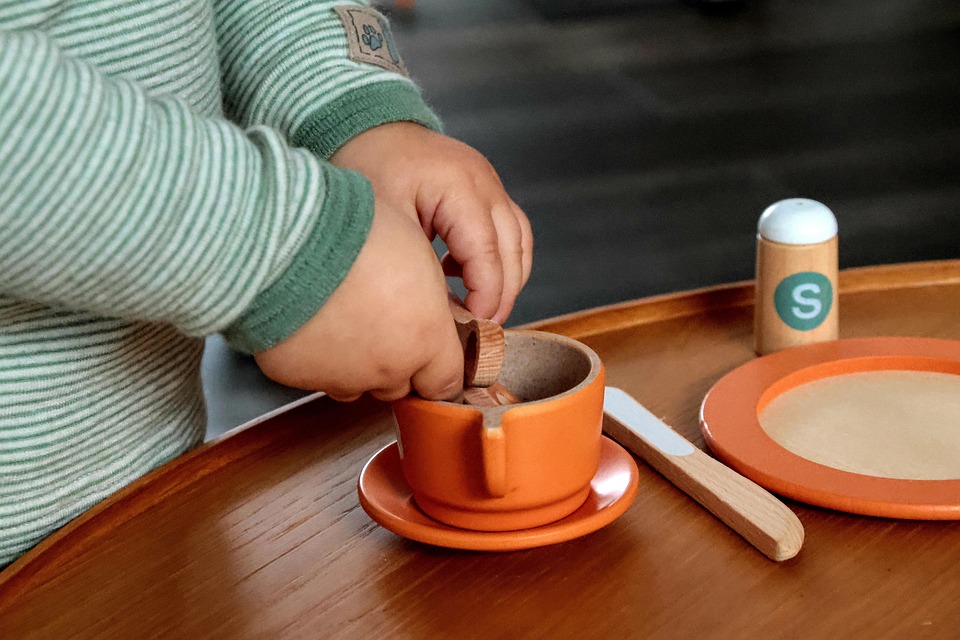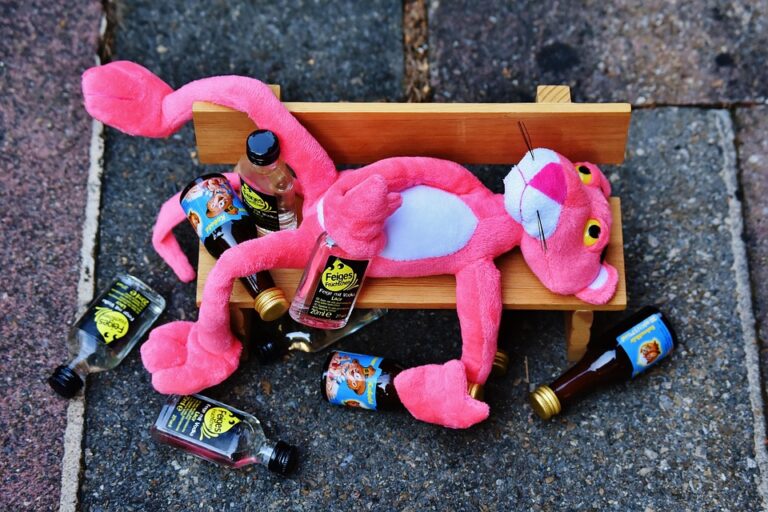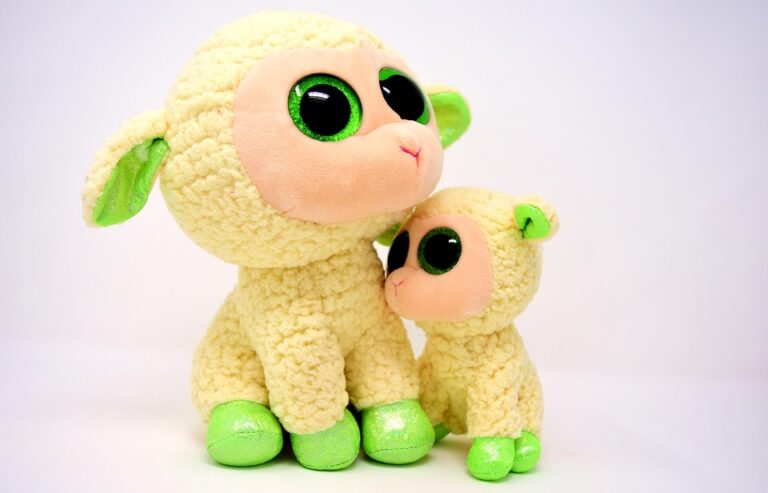
Top Tips for Choosing the Best Teething Toys: A Comprehensive Guide for Parents
When your little one starts teething, it can be a challenging time for both babies and parents alike. The discomfort and irritability that come with those first pearly whites can leave you scrambling for solutions. One of the most effective ways to soothe sore gums is through teething toys. But with the myriad of options out there, how do you choose the best one? Here’s a thoughtful guide to help you navigate this often overwhelming process.
1. Material Matters
The material of a teething toy plays a crucial role in safety and effectiveness. Silicone is a popular choice due to its softness and ease of cleaning, while rubber can provide a firmer texture that some babies prefer. Natural materials, such as wood, are also gaining traction, though one must ensure they are untreated and free from toxins. Always check for BPA-free labels, as the safety of your child should be paramount.
Did you know that the American Academy of Pediatrics recommends avoiding toys that contain harmful chemicals? This should be a key consideration when making your selection.
2. Design and Texture
Teething toys come in various shapes, sizes, and textures. A toy that’s too large may be difficult for tiny hands to grasp, while one that’s too small could pose a choking hazard. Look for items that are easy to hold, with varied textures to stimulate your baby’s gums. Features like ridges or bumps can provide additional relief.
Interestingly, some studies suggest that babies are more inclined to chew on toys that resemble real objects, such as fruits or animals. This not only piques their interest but also promotes exploration through play.
3. Temperature Sensitivity
Many parents find that chilled teething toys can offer extra comfort. However, it’s vital to ensure that the toy is safe for refrigeration and won’t become too hard or cold. Some toys are designed to be cooled without becoming solid, allowing for a soothing experience without risking damage to tender gums.
Remember, a quick test: if it feels too cold to your touch, it might be too much for your little one.
4. Cleaning and Maintenance
Teething toys can get quite grimy with regular use, so ease of cleaning is a significant factor to consider. Look for dishwasher-safe options or those that can be easily wiped down. Additionally, consider materials that resist bacteria and can withstand the rigours of daily use.
A clean teething toy not only ensures your child’s safety but also reduces the chances of infections, which can be common during teething.
5. Watch for Signs of Wear
As with any baby product, teething toys have a lifespan. Regularly inspect for signs of wear and tear, such as cracks, tears, or discolouration. These can indicate that it’s time for a replacement. A damaged toy not only loses its effectiveness but could also pose a choking hazard.
Many parents overlook this aspect, but staying vigilant can save you from potential mishaps.
6. Engage with Other Parents
In the age of social media, connecting with other parents can provide valuable insights into what works best for their children. Online forums, local parenting groups, and even social media platforms can be gold mines for personal recommendations.
One parent’s favourite might not suit your child, but hearing a variety of experiences can help you make a more informed decision.
Finding the Right Fit for Your Baby
Choosing the best teething toy is about finding the right balance between safety, comfort, and engagement. By considering materials, design, maintenance, and feedback from fellow parents, you can make an informed choice that will bring relief to your teething baby. BargainsTrust continues to bring you a selection of quality products and insights, ensuring you have the best resources at hand for your parenting journey.






